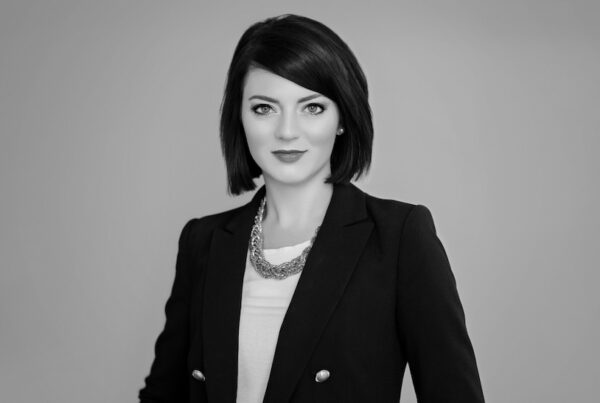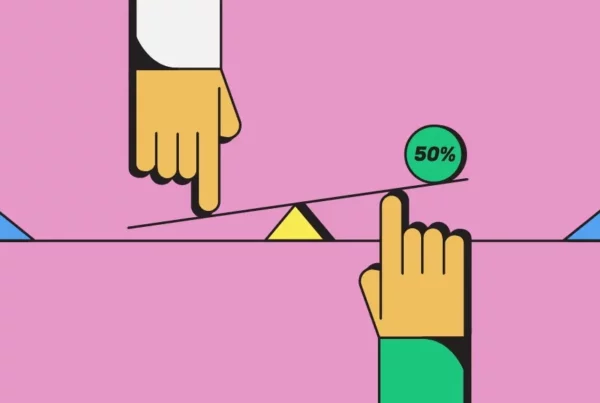News >

OMG UK’s Serhat Ekinci Explains Why Unconscious Bias Training Isn’t Enough
This opinion piece was originally published by The Drum and written by Serhat Ekinci, Managing Partner, OMG Multicultural (OMG UK)
As Jim Rohn put it, you are the average of the five people you spend the most time with. While this has often been linked to career success – i.e. surround yourself with positive, smart people – there’s a much more important meaning that everyone in our sector can learn from, especially in the recent climate of heated conversations around race and whether it defines who we are.
From our first day in this world, we are who we spend time with. For most of us, these people will be from a similar background and have a similar skin colour. Therefore, we’re inherently racist. This is something we’re all aware of, particularly in the current norm for unconscious bias training and other initiatives. While I’m a true believer in their effectiveness at work, we as experts of consumers must truly understand what it takes to create diverse and inclusive environments.
Where we have made strides in the workplace is by bringing in initiatives such as unconscious bias training to run alongside internal and external D&I training. More and more businesses are creating internal D&I groups to educate and engage employees, as well as introducing programmes or special units to help ensure all our client work is inclusive.
Agencies have also started making strides to ensure that bias is removed from recruitment process to ensure the best talent regardless of background is hired.
However, these practices are all work related. How can we change a habit of a lifetime, engraved into our cognitive thinking from day one?
Firstly, we need to change our fundamental way of living, seeing the world and others in it – we really need to “experience” the lives of those different to us. The learnings at work need to be applied to our lives; the very siloed environments that have created the issue need to become inclusive to change a habit of a lifetime.
Most of us are part of, or living with, a generation that have been taught, either consciously or unconsciously, to believe that having white skin is superior. Whether it’s the non-existence of non-white people to look up to in the media, or that white dolls are assumed to be ‘the most beautiful’, or depictions of terrorists based only on religion or culture, our realities and understanding of self are constructed on those bases. But don’t just take my word for it: this has been proven through a series of tests, such as The Doll Test and ‘The female fair and unfair play partner’ featured on BBC’s Babies: their Wonderful World documentary.
If young children whose cognitive processes are still developing have already started building their bias, what does it mean for adults who have been subjected to these ideas for most of their lives?
Perhaps an answer lies in the way millennials see diversity. Unlike baby boomers or Gen X who view diversity as a set of checkboxes, eg race, equality, disability, gender, millennials see diversity and inclusion as experiences that go beyond all of that.
They see diversity as different backgrounds, experiences and perspectives – they understand that the colour of skin doesn’t (have to) define us, that we are the product of our roots and our class. After all, there is such thing as class, which can go well before the colour of your skin, and skin folks are not always your kinfolks. We could be born into certain ethnicity but have grown up in an environment where none of them stick together or get along. In other words, it’s the cognitive diversity millennials want to see.
Diversity and inclusion issues can only be solved if all us can truly understand how the other half lives. If you’re one of those who thinks that an unconscious bias training and a few diversity and inclusion panels will change decades of influence and bias, or that they put you in a position to make D&I decisions on behalf of others, you’re just delusional.
As mentioned, what we’ve started doing is great, but real change isn’t achieved with just a few training sessions and events. It is achieved when you implement changes to your life and the environment which created the issue in the first place. Those in the majority need to be allies to those in the minority: not just at work but outside of work too. A true ally is part of a person’s life and understands them deep down. This, of course, works both ways. We need to look beyond the checkboxes to understand who people really are if we want to re-educate ourselves.
To embrace diversity and inclusion, we all need to be part of diverse and inclusive communities and friendship groups. We need to give a voice to those whose voices have been suppressed, while understanding why those from privileged background act the way they do. This needs to work in conjunction with each; minorities to majorities, majorities to minorities, but whoever we are talking about needs to lead that conversation with the support of allies – by passing the mic we need to all be supporting the conversation.
Only then will we effect real change.


